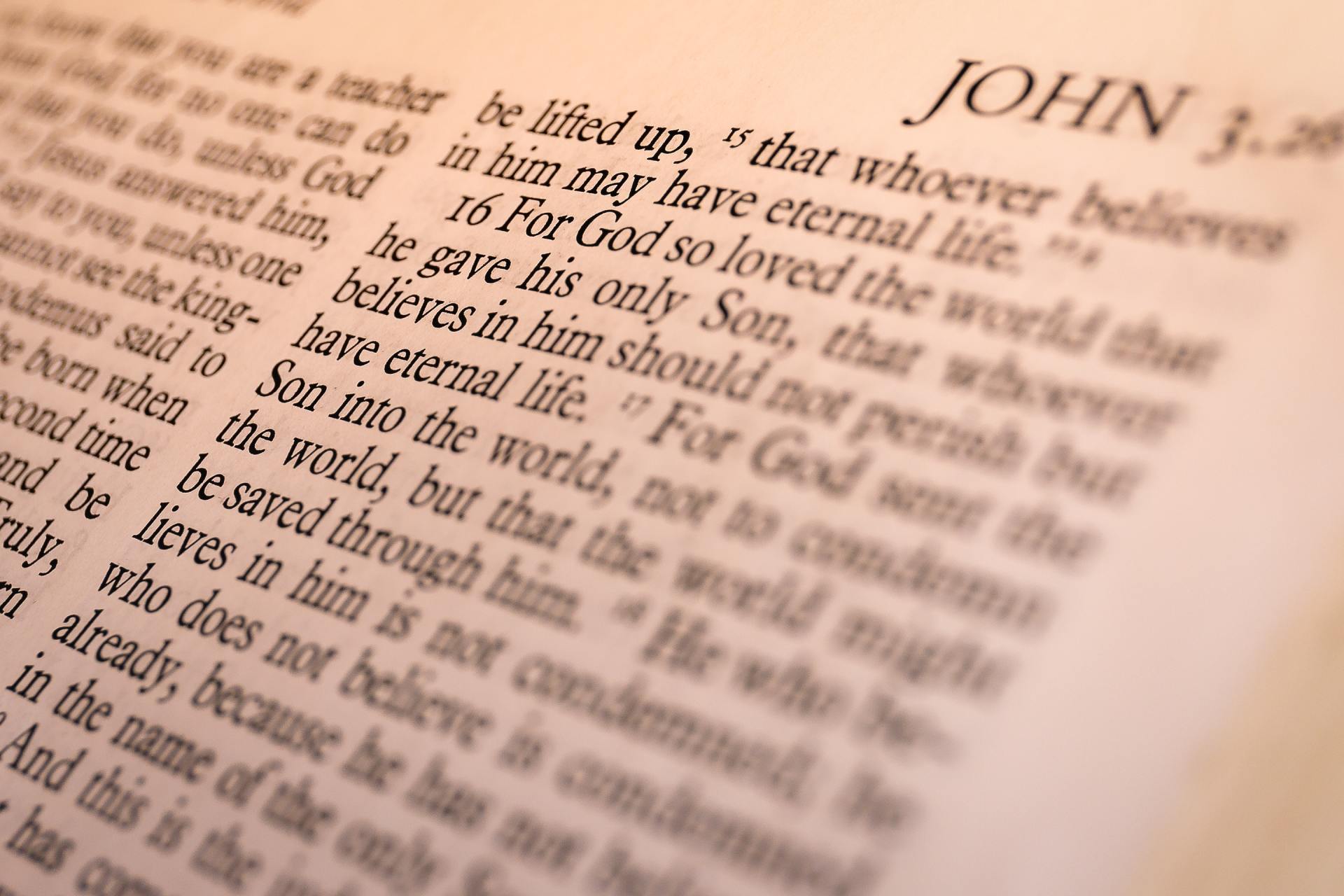St. Margaret Mary Alacoque
Our Patron Saint
Saint Margaret Mary Alacoque
And He [Christ] showed me that it was His great desire of being loved by men and of withdrawing them from the path of ruin that made Him form the design of manifesting His Heart to men, with all the treasures of love, of mercy, of grace, of sanctification and salvation which it contains, in order that those who desire to render Him and procure Him all the honour and love possible, might themselves be abundantly enriched with those divine treasures of which His heart is the source. — from Revelations of Our Lord to St. Mary Margaret Alacoque
Margaret Mary was chosen by Christ to arouse the Church to a realization of the love of God symbolized by the heart of Jesus.
Her early years were marked by sickness and a painful home situation. "The heaviest of my crosses was that I could do nothing to lighten the cross my mother was suffering." After considering marriage for some time, Margaret entered the Order of Visitation nuns at the age of 24.
A Visitation nun was "not to be extraordinary except by being ordinary," but the young nun was not to enjoy this anonymity. A fellow novice (shrewdest of critics) termed Margaret humble, simple and frank, but above all kind and patient under sharp criticism and correction. She could not meditate in the formal way expected, though she tried her best to give up her "prayer of simplicity." Slow, quiet and clumsy, she was assigned to help an infirmarian who was a bundle of energy.
On December 21, 1674, three years a nun, she received the first of her revelations. She felt "invested" with the presence of God, though always afraid of deceiving herself in such matters. The request of Christ was that his love for humankind be made evident through her. During the next 13 months he appeared to her at intervals. His human heart was to be the symbol of his divine-human love. By her own love she was to make up for the coldness and ingratitude of the world—by frequent and loving Holy Communion, especially on the first Friday of each month, and by an hour's vigil of prayer every Thursday night in memory of his agony and isolation in Gethsemane. He also asked that a feast of reparation be instituted.
Like all saints, Margaret had to pay for her gift of holiness. Some of her own sisters were hostile. Theologians who were called in declared her visions delusions and suggested that she eat more heartily. Later, parents of children she taught called her an impostor, an unorthodox innovator. A new confessor, Blessed Claude de la Colombiere, a Jesuit, recognized her genuineness and supported her. Against her great resistance, Christ called her to be a sacrificial victim for the shortcomings of her own sisters, and to make this known.
After serving as novice mistress and assistant superior, she died at the age of 43 while being anointed. "I need nothing but God, and to lose myself in the heart of Jesus."
Born: 22 July 1647 in L'Hautecour, Burgandy, France
Died: 17 October 1690 (aged 43) at Paray-le-Monial, Burgundy, France
Beatified: 18 September 1864, Rome by Pope Pius IX
Canonized: 13 May 1920, Rome by Benedict XV
Feast: October 17




